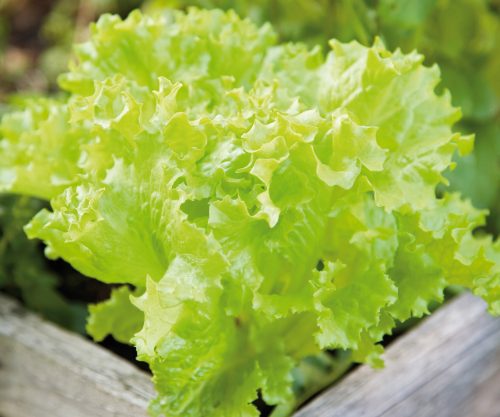
As much as $4 a bag in the shops, homegrown salad greens offer a healthy credit crunch.
Tips for growing salad greens
- To replace harvested garden vegetables, it’s a good idea to sow every fortnight. Salad greens are an ideal succession crop and, subject to variety, can be planted year-round.
- Sow seeds according to their season as advised on the packet.
- The key to salad greens is to force them to grow quickly to yield tender leaves. It’s best to prepare soil a month before planting with a general purpose fertiliser or dug-in compost. Avoid applying fertiliser onto seedlings as it may burn and kill tender roots.
- Rake the top of the salad bed to break up soil to form a fine, even soil (tilth) ready for sowing.
- Place seeds in an airtight container in the fridge a week before planting (scarifying) to help germination. As the seeds are very small, it helps to mix them with sand when scattering on the soil to avoid clumps of seedlings forming. Lightly rake over and water carefully so as not to disturb the seed (I use a water sprayer). Once seedlings sprout, water only in the mornings to maintain a moist soil.
- Birds love lettuce seedlings so make sure your patch is covered.
- Once a few leaves develop, remove weaker and closely growing seedlings so each plant has plenty of ventilation
and room to grow. Bunching leads to rotting and pests. - Once salad plants are established, slugs will replace birds as your main pest so use a jar of salt water to collect them in.
- Salad greens will now benefit from application of a nitrogen-rich liquid feed to the roots – weak teas made from manure, compost or grass clippings are good.
- Harvest dense-headed lettuces such as Kos and iceberg whole, by cutting from the stem at ground level early in the morning. Leaves from rocket and rabbit ear can be picked continually as they grow.
© Healthy Food GuideAll rights reservedReproduction without permission prohibited
www.healthyfood.com
www.healthyfood.com










